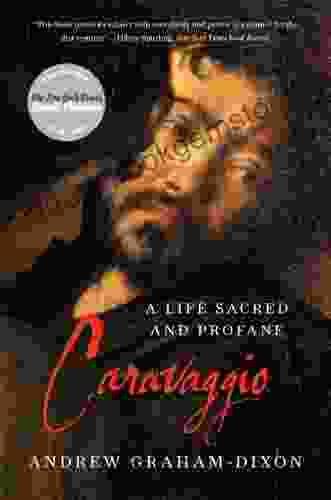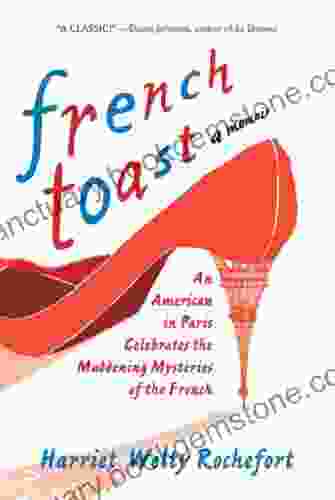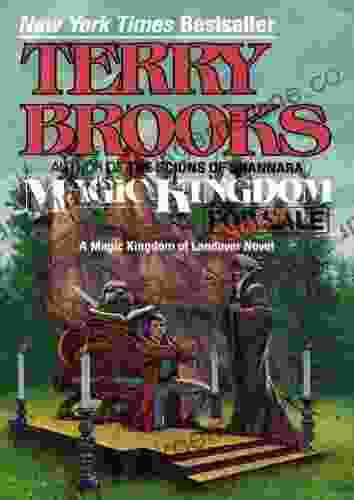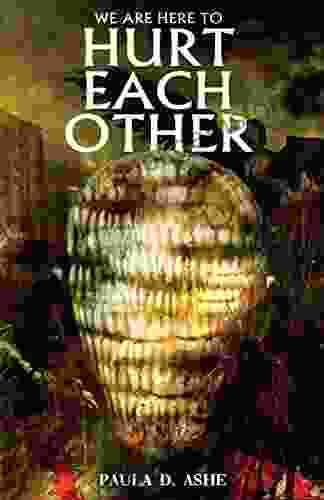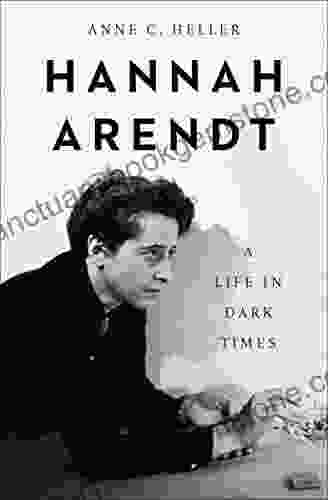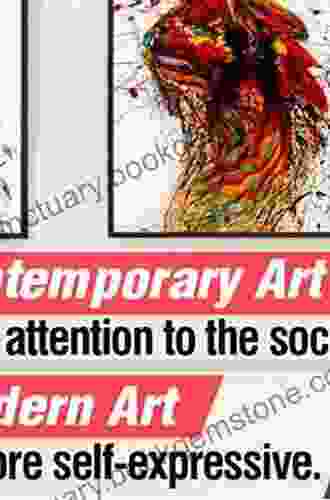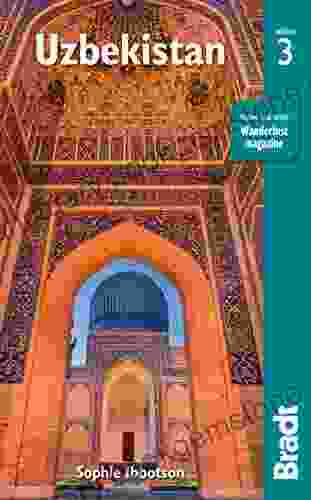Michelangelo Merisi da Caravaggio, known simply as Caravaggio, was an Italian painter who lived from 1571 to 1610. He is considered one of the most important and influential artists of the Baroque period. His unique style, characterized by tenebrism, the use of dramatic lighting and shadow, and a realistic depiction of human form, revolutionized the art world and left an indelible mark on Western art.
Early Life and Training
Caravaggio was born in Caravaggio, a small town near Milan, Italy. His early life was marked by poverty and tragedy. His father died when he was six, and his mother when he was eleven. Caravaggio was apprenticed to a local painter at the age of thirteen, but he soon left to study in Milan. In Milan, he came into contact with the work of Leonardo da Vinci and other Renaissance masters. These influences would shape his artistic style in the years to come.
4.6 out of 5
| Language | : | English |
| File size | : | 8741 KB |
| Text-to-Speech | : | Enabled |
| Screen Reader | : | Supported |
| Enhanced typesetting | : | Enabled |
| Word Wise | : | Enabled |
| Print length | : | 675 pages |
Artistic Breakthrough
In 1592, Caravaggio moved to Rome. It was here that he developed his mature style. He began to experiment with tenebrism, using stark contrasts of light and shadow to create a sense of drama and intensity. His paintings also became increasingly naturalistic, with a focus on the everyday lives of ordinary people.
One of Caravaggio's most famous early works is "The Calling of Saint Matthew" (1599-1600). The painting depicts the moment when Jesus calls Matthew to be one of his disciples. Caravaggio's use of tenebrism creates a sense of mystery and awe. The light falls on Matthew's face, illuminating his surprise and wonder. The painting was a critical success and helped to establish Caravaggio as a major artist.
Sacred and Profane Themes
Throughout his career, Caravaggio explored both sacred and profane themes in his paintings. His religious works, such as "The Crucifixion of Saint Peter" (1600-1601),are known for their emotional intensity and realism. His secular works, such as "The Supper at Emmaus" (1601),depict everyday scenes with a sense of intimacy and immediacy.
Caravaggio's sacred paintings often depict scenes from the Bible, but they are not always reverent. In "The Incredulity of Saint Thomas" (1601-1602),Jesus appears to his disciples after his resurrection. Thomas, who doubts Jesus's identity, reaches out to touch his wounds. Caravaggio's depiction of the scene is unflinchingly realistic, and it conveys a sense of both awe and skepticism.
Caravaggio's secular paintings often depict scenes of everyday life. In "The Cardsharps" (1594-1595),two men are playing cards. One of the men is cheating, and the other is about to catch him. Caravaggio's depiction of the scene is both humorous and suspenseful. It is a reminder that even the most ordinary moments can be full of drama and intrigue.
Artistic Legacy
Caravaggio's work was hugely influential on subsequent generations of artists. His use of tenebrism and his realistic depiction of human form became hallmarks of the Baroque period. Artists such as Rembrandt, Rubens, and Bernini were all influenced by Caravaggio's work.
Caravaggio's life was as dramatic and tumultuous as his art. He was a skilled swordsman and a notorious brawler. He was involved in several violent incidents, including a murder. He was forced to flee Rome in 1606 after killing a man in a duel.
Caravaggio spent the rest of his life on the run, painting and fleeing from the authorities. He died in 1610 at the age of 39, from a fever. He was buried in a pauper's grave, but his work has since been recognized as some of the greatest art ever created.
Caravaggio was a brilliant and complex artist who left an indelible mark on Western art. His unique style, characterized by tenebrism, realism, and a focus on the human condition, revolutionized the art world and continues to inspire artists to this day.
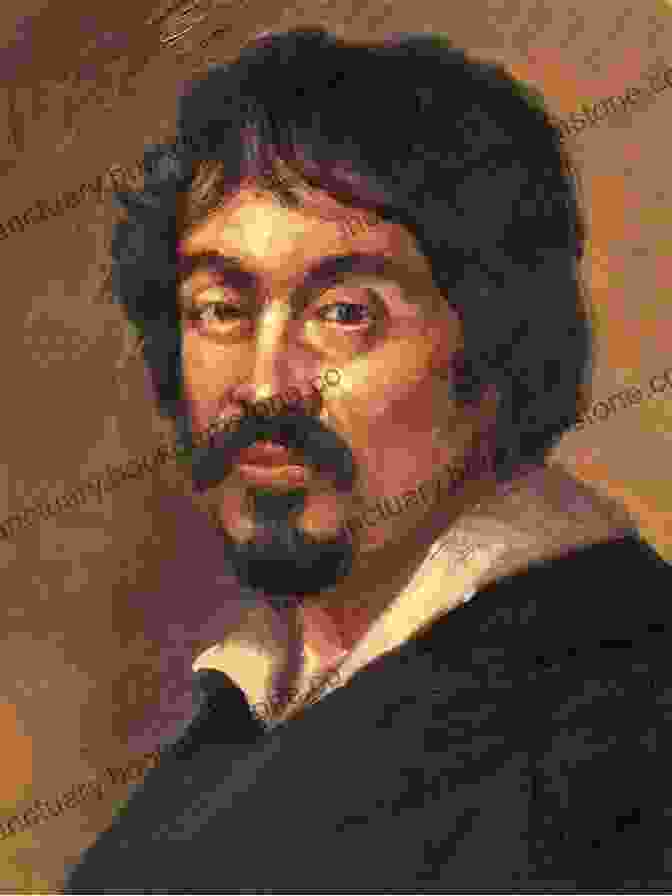
Caravaggio, Michelangelo Merisi da, Italian, 1571-1610, The Calling of Saint Matthew, 1599-1600, oil on canvas



